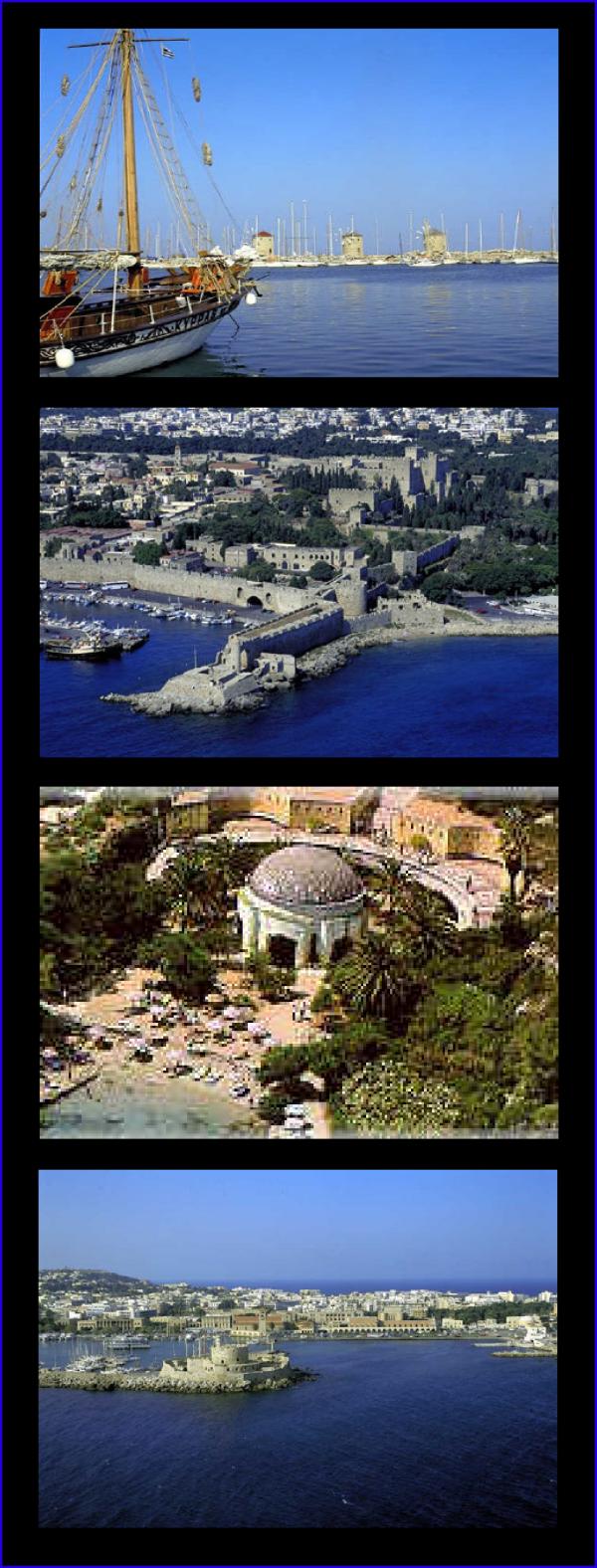Home
Scope
Location
Speakers
Program
Abstracts
Author index
Organizing Committee
Scientific Committee
Venue & Accomodation
Registration
News
Contact

|
 |

ORAL PRESENTATION
Session: 2 Multiscale modeling and molecular simulations
(scheduled: Monday, 09:40 )
Hierarchical Modeling of Polystyrene: From Atomistic to Coarse-Grained Simulations
V. Harmandaris, N. van der Vegt, K. Kremer
Max-Planck-Institute for Polymer Research, D-55021 Mainz, Germany
We present a hierarchical approach that combines atomistic and mesoscopic simulations which can generally be applied to vinyl polymers. As a test case the approach is applied to atactic polystyrene (PS). First a specific model for atactic PS is chosen. The bonded parameters in the coarse-grained force field, based on data obtained from atomistic simulations of isolated PS dimers, are chosen in a way which allows to differentiate between meso- and racemic dyads. This approach allows to study isotactic and syndiotactic melts. Nonbonded interactions between coarse-grained beads were chosen as purely repulsive. The proposed mesoscopic model reproduces both the local structure and the chain dimensions properly. An explicit time mapping is performed, based on the atomistic and CG mean square displacements of short chains, demonstrating an effective speed up of about three orders of magnitude compared to brute force atomistic simulations. Finally the equilibrated coarse-grained chains are back mapped onto the atomistic systems. This opens new routes for obtaining well equilibrated high molecular weight polymeric systems and also providing very long dynamic trajectories at the atomistic level for these polymers. © IWNET 2006
POSTER PRESENTATION
Tuesday, 15:40, Panel No. 6
Studying the Curvature Elasticity of Biomembranes Through Numerical Simulations
V. Harmandaris, M. Deserno
Max-Planck-Institute for Polymer Research, D-55021 Mainz, Germany
One of the main aspects in the study of biological membranes is the curvature elasticity of membranes. A well known way to predict the free energy is from the spectrum of equilibrium membrane fluctuations: according to Helfrich theory if one expands the interface in modes in the Fourier space then in the limit of the linear curvature elasticity this can be directly related to the bending modulus. This method, however, cannot be easily generalized to higher than linear curvature models. Here we propose an alternative methodology for studying the curvature elasticity of membranes. The basic idea is to impose a deformation of the membrane and measure the force required to hold it in the deformed state. Specifically we stretch a cylindrical vesicle and measure the force needed for such an extension. Results are presented about the force acting on the stretching cylindrical vesicle as well as about the bending modulus as a function of the curvature. The values for the bending modulus are also compared with the predictions from the analysis of the spectrum of equilibrium membrane fluctuations. © IWNET 2006
|
 |
 |




